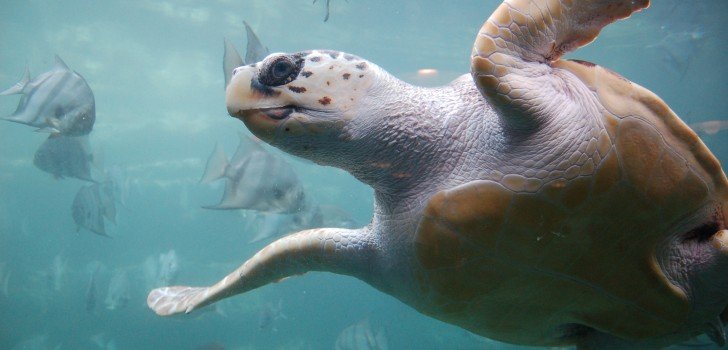In a new effort to curb and eliminate altogether the act of poaching turtle eggs, Mexican officials are taking extreme measures. They have begun using drones to monitor the beaches where the Olive Ridley turtles lay their eggs. The ever-increasing practice of poaching the turtles’ eggs have led to the implementation of these flying deterrents.
Specifically, the Olive Ridley turtle lives and thrives in several areas of the world. However, the females return every year to one of a few beaches to lay their eggs and bury them in the sand. On the Pacific Coast of Mexico, they are an endangered species.
They are considered endangered due to heavy, illegal poaching. In fact, prior to 1950, about 10 million female Olive Ridley turtles travelled to the beaches of Mexico to nest and lay their eggs. However, in the 60s, aggressive poaching practices of both the females and their eggs led to a drastic decline in the population in the area. Some nesting beaches disappeared entirely.
Although the sale of turtle eggs and turtle meat has been illegal in the country for several years, the trade is alive and well – and vicious. Poachers dig on the beaches – oftentimes in broad daylight – and collect turtle eggs. They then turn around and sell them for about $1.00 an egg. During breeding season, these beaches contain hundreds of thousands of eggs.
In a sobering account, Mexican officials reported that about 80% of the species’ eggs were stolen in early 2015 when Marines guarding the beaches were called away from the area for just one night.
As a result of the turtles’ plight, Mexican officials have decided to deploy drones around the area hoping to deter poachers as well as determine where poachers are most likely to access the beach from the road. Edgar Ferrusquilla, Federal Attorney for Environmental Protection has stated that, “From the air, it’s easy to identify the paths. When someone walks, they leave a track and, when many people start to walk along that track, we start to see paths. So this equipment helps us identify who has that kind of access.”
Officials hope that these new efforts will keep more and more turtle eggs safe until they hatch and the baby turtles can return to the sea.
Stay Connected